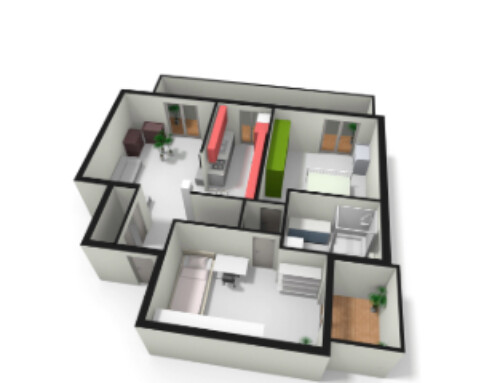
This change was caused by a quiet revolution. During the Y2K surge that transitioned software from mainframe to browser, there was recognition that the old process of software development was too bureaucratic, slow, and overly regimented. An alternative to traditional project management that emerged in the early 2000s is called Agile software development. They use terms like Scrum, Extreme Programing, Dynamic System Development Method, Feature-Drive Development and many others. The overarching focus of all of these methodologies is to deliver frequent, high quality working software, delivered in “sprints,” which are measured in weeks, not months. The result is continuous improvement.
You are experiencing this new methodology routinely on your mobile devices. If you have notices that your iPhone asks you to update your apps all of the time, that’s it. DocuSign can illustrate an example in real estate. In the first two months of the year, they have done 18 new feature releases for their transaction management solution. The software that they offered in January has evolved in two short months. It’s not just DocuSign, this is the way it’s done for most software developers.
Our Typical RFP process for an MLS or large broker is to write a draft, go through an approval and editing process, then provide the vendor with 2-4 weeks to respond. During that time line, the features of the application could change dramatically. That is the beauty of Agile development, and why companies need to adjust the way that they look at vendor selection. My key takeaway: the RFP should focus less on features and more on the frequency and quality of their releases. How fast are they evolving?
A new way to learn about your Request for Partnership is to take a look at the epic stories that they are writing for their Agile sprints. Take a look back three months and see how many releases they have made, and what functions were delivered. From this type of research you can see the impact of these releases. It will give you a better idea of what you should expect going forward as they evolve the capabilities of their application.
In truth, there are way too many software developers in real estate that built their software years ago and they hardly ever update it. If you don’t learn this through the RFP process, you could be partnering with the wrong company. Look less at what software does today, and more toward the company and its vision for tomorrow.
The Support Consideration
Support should also be a key criterion for the RFP. Take a look at their ratio of support to licenses. Learn about their support process and their escalation process. Do they provide a monthly report of every support issue? Do they track bugs and provide a report on the status of resolutions. What are their hold times? Is their support available on weekends? Do they have a User Group that you would be able to participate in?
How do they onboard new users? Do they offer new user training, intermediate user training, and advanced user training every week online? Do they have good FAQs in their system? Is there a YouTube page that has “how-to” videos and recordings of trainings? Do they come to your offices and do a tour during the launch phase? Do they come back once a year to re-launch the product? What is the process for turning off accounts?
Product support and product adoption are more vital to the success of an application than new, obscure features.
And remember, if you need help with your RFP, contact WAV Group. We are a leading provider of these services to enterprise brokerages, MLSs, franchises, and Associations of REALTORS®.




